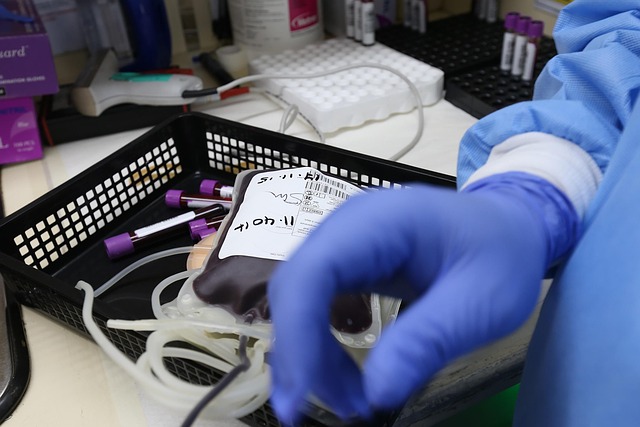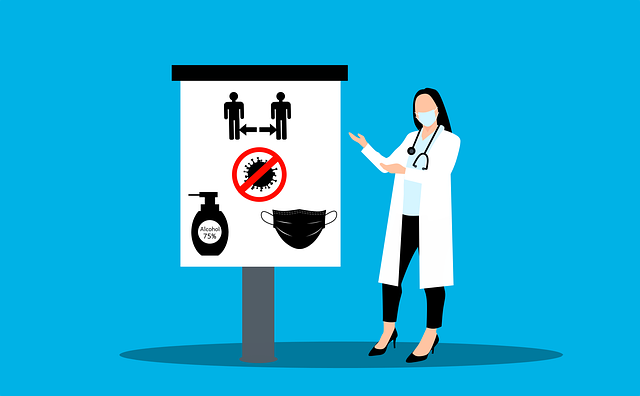The Oregon Child Welfare Court System protects children in abuse or neglect cases through a network of professionals including judges, social workers, attorneys, and foster care providers. The process begins with a reported suspected case, followed by an investigation, courtroom proceedings, and regular court appearances for accountability. Individuals or organizations concerned about a child's well-being can become involved by meeting eligibility requirements and filing a petition. Understanding your rights, seeking legal representation, and actively participating in hearings are crucial for parents facing custody decisions. The outcome of a hearing significantly impacts case management strategies, focusing on either ensuring the child's well-being or supporting the family to prevent future interventions.
Navigating Oregon’s child welfare court system can be complex, but understanding the process is crucial for anyone involved. This comprehensive guide breaks down each step of the journey, from recognizing the signs that prompt a petition to post-hearing outcomes and case management. Whether you’re seeking help or preparing to defend against a claim, knowing your rights and what to expect in Oregon’s child welfare court is essential for ensuring the best possible outcome for all parties involved.
- Understanding Oregon's Child Welfare Court System
- Eligibility and Petition Process for Involvement
- Legal Representations and Your Rights
- The Court Hearing: What to Expect
- Post-Hearing Outcomes and Case Management
Understanding Oregon's Child Welfare Court System

Oregon’s Child Welfare Court System is designed to protect and serve the best interests of children involved in abuse or neglect cases. This complex legal process involves a network of professionals, including judges, social workers, attorneys, and foster care providers, all working together to ensure a child’s safety and well-being. Understanding this system is crucial for parents, guardians, and anyone involved in a case, as it can greatly impact the outcome and future of a child.
The court system navigates a series of hearings, assessments, and interventions. It begins with an initial report of suspected abuse or neglect, leading to an investigation by Oregon’s Department of Human Services (DHS). If the allegations are substantiated, the case moves into the courtroom, where a judge reviews the evidence and determines the appropriate course of action. This may include ordering services for the family, placing the child in foster care, or, in severe cases, terminating parental rights. Regular court appearances ensure that all parties involved remain accountable and informed throughout the process.
Eligibility and Petition Process for Involvement

In Oregon, individuals or organizations concerned about a child’s well-being can become involved in the child welfare court process by following specific eligibility and petition requirements. To initiate proceedings, a petitioner must have a legitimate interest in the child’s safety and welfare. This could include relatives, neighbors, teachers, or community members who observe concerns related to abuse, neglect, or dependency. The first step is to file a petition with the Oregon Court System, outlining the reasons for involvement and the specific needs of the child. This document should be supported by evidence and affidavits from individuals with firsthand knowledge of the situation.
The eligibility criteria ensure that only those with genuine concerns and the necessary resources can participate in the court process. Petitioners must demonstrate a willingness to provide support, either directly or through community resources, to address the child’s needs. Once the petition is filed, it is reviewed by a judge who decides whether there is enough evidence to proceed with the case and involve the child welfare services for further assessment. This process is designed to protect the rights of both the child and those seeking involvement while ensuring the best interests of the child are at the forefront.
Legal Representations and Your Rights

When facing child welfare proceedings in Oregon, understanding your legal rights and options is crucial. You have the right to be represented by an attorney, who can guide you through the complex court process and advocate for your interests. If you cannot afford a lawyer, the Oregon courts provide legal aid services to ensure all parties have equal access to justice. Legal representations play a vital role in protecting your rights, ensuring proper procedures are followed, and helping you navigate the Oregon child welfare court system effectively.
In Oregon child welfare court, various parties, including social workers, attorneys, and judges, work together to determine the best interests of the child. Your representation ensures that your voice is heard, your concerns are addressed, and your rights as a parent or guardian are respected throughout this process. It’s essential to remember that legal representation can significantly impact the outcome, so choosing an experienced attorney specialized in Oregon child welfare law is beneficial for all involved.
The Court Hearing: What to Expect

When facing a case in the Oregon child welfare court, understanding what to expect during the hearing is crucial. The initial court appearance can be an intimidating process, but being prepared and informed can help ease anxiety. During this hearing, both parties—the petitioner (typically a government agency) and the respondent parent(s)—will present their cases to the judge. This involves sharing evidence, witness testimonies, and arguments related to the child’s safety and well-being. The court’s primary goal is to ensure the best interests of the child are met, which may lead to temporary or permanent custody decisions.
In Oregon child welfare court hearings, you can expect a structured yet sensitive environment. The judge will manage the proceedings, ensuring fairness and allowing each side to present their evidence. Social workers, attorneys, and other professionals involved in the case will be present to provide crucial information. It’s important for parents to actively participate, ask questions, and seek clarification when needed. This hearing is a pivotal step in determining the future of the child’s care and placement, making it essential to approach it with both determination and an open mind.
Post-Hearing Outcomes and Case Management

After a hearing in Oregon child welfare court, several post-hearing outcomes can occur, each with its own case management approach. If the court rules in favor of the petitioner, a judgment is issued, and the focus shifts to case management, which aims to ensure the well-being and safety of the child. This may involve placement decisions, such as returning the child to their family with supervision or placing them in foster care. Regular progress reviews and case conferences are conducted to monitor the situation and make necessary adjustments.
In contrast, if the court denies the petition, the case management strategy changes, often involving efforts to support the family and prevent future interventions. This could include providing resources, counseling services, or home visits to address any identified issues that led to the initial concern. The goal is to strengthen family ties and promote a stable environment for the child while maintaining regular contact with child welfare services.
